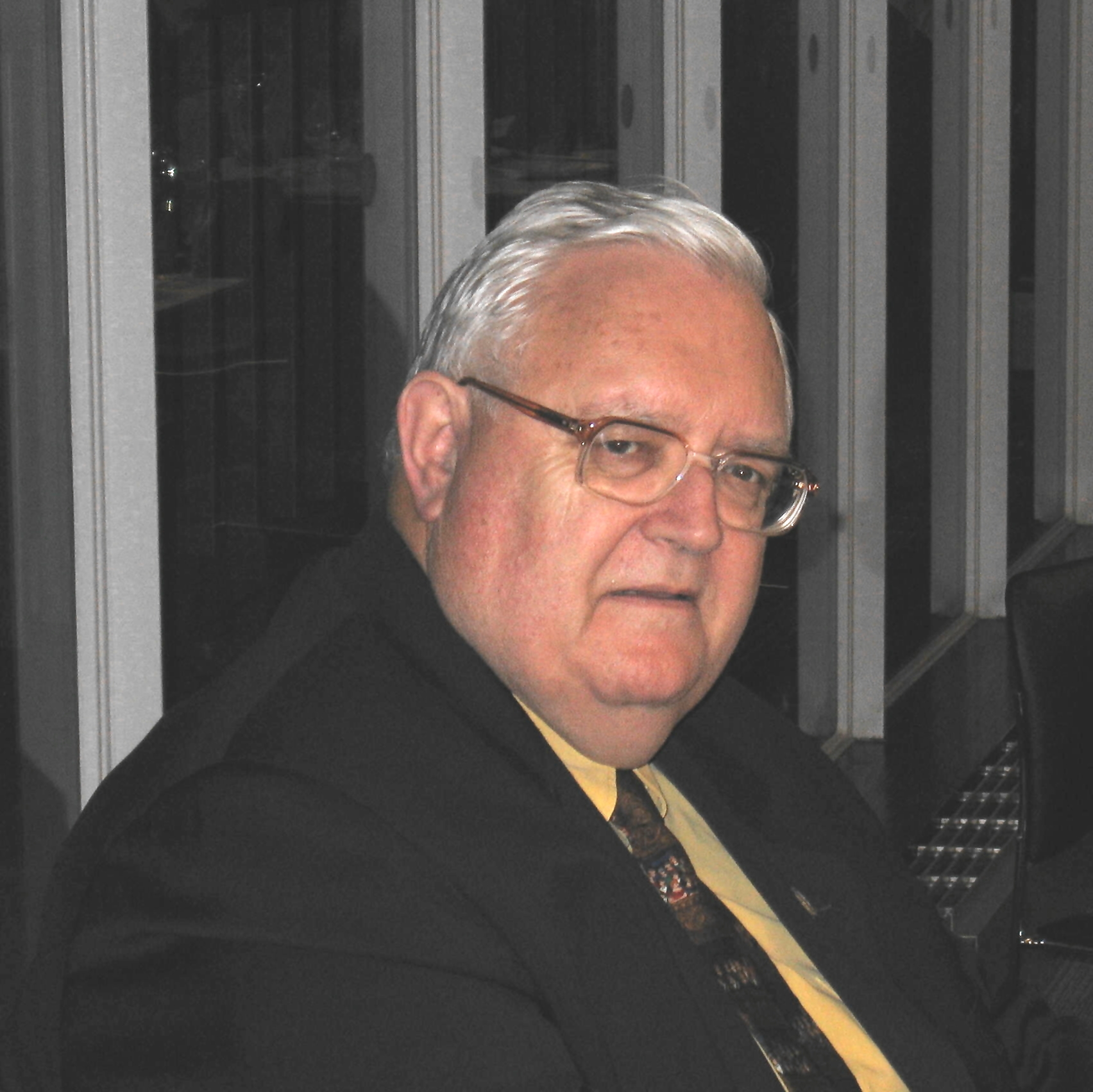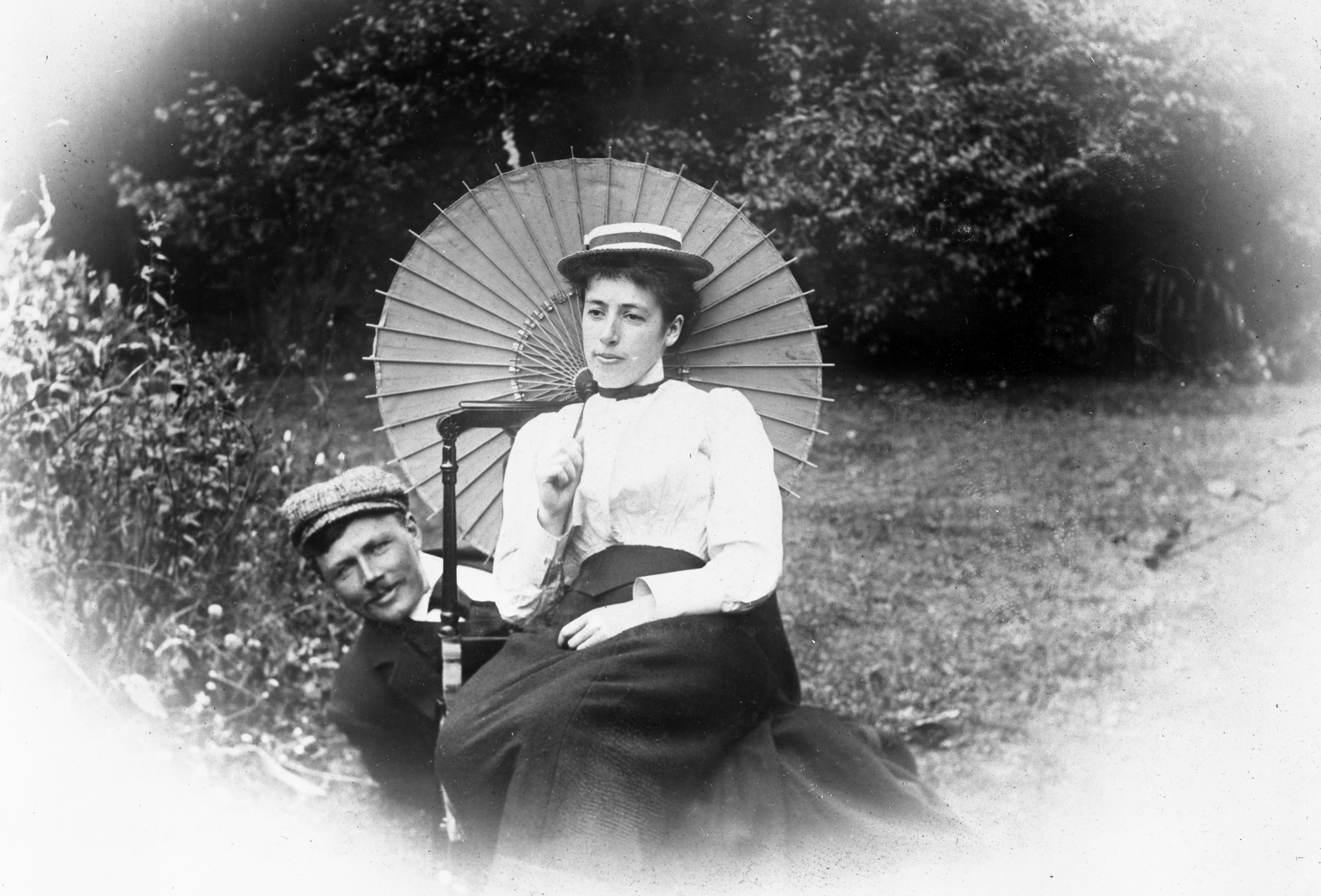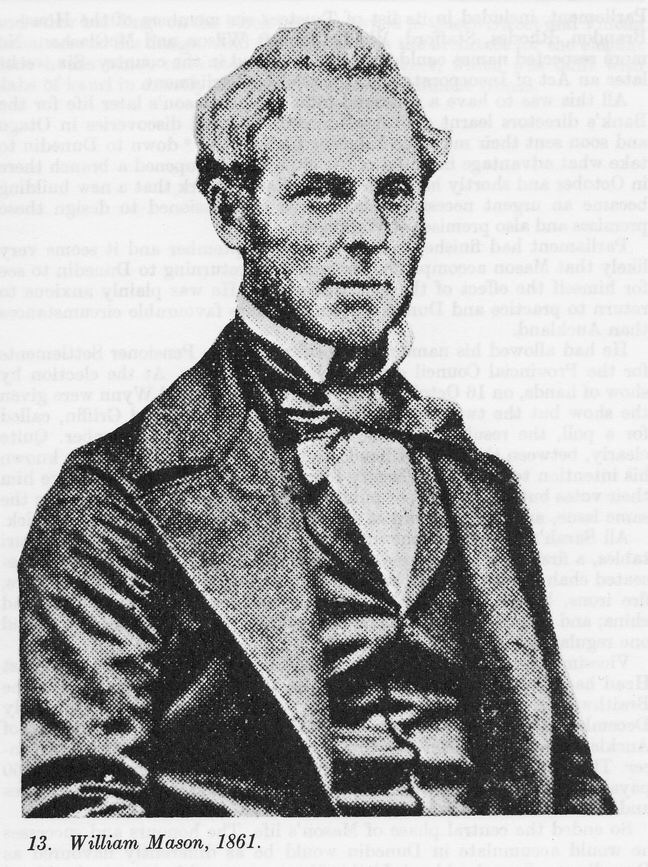|
Braemar House
Columba College (Irish: Coláiste Choilm) is an integrated Presbyterian school in Roslyn, Dunedin, New Zealand. The roll is made up of pupils of all ages. The majority of pupils are in the girls' secondary, day and boarding school, but there is also a primary school for boys and girls in years 1-6. History Columba College was established in 1915 by the Presbyterian Church of New Zealand as a private day and boarding school for girls with co-educational primary classes. The Rev'd Alexander Whyte was a key figure in the foundation of Columba College, through his vision for a Presbyterian girls' school. Columba College was created from two earlier Dunedin girls' schools, Girton College and Braemar House. Girton College had been founded in 1886 by the first woman graduate of the University of Otago, Caroline Freeman, who sold it to Frances Ross in 1891. Ross then purchased Braemar House and combined it with Girton College. Frances Ross was appointed by the Presbytery of ... [...More Info...] [...Related Items...] OR: [Wikipedia] [Google] [Baidu] |
State-integrated School
In New Zealand, a state-integrated school is a former private school which has integrated into the state education system under the Private Schools Conditional Integration Act 1975, becoming a state school while retaining its special character. State-integrated schools were established by the Third Labour Government of New Zealand, Third Labour Government in the early 1970s as a response to the near-collapse of the country's then private Catholic school system, which had run into financial difficulties. As of July 2016, there were 329 state-integrated schools in New Zealand, of which 237 identify as Roman Catholicism in New Zealand#Education, Roman Catholic. They educate approximately 87,500 students, or 11.5% of New Zealand's student population, making them the second-most common type of school in New Zealand behind non-integrated state schools. History New Zealand's state education system was established in 1877. Prior to then, schools were run by church groups and other priv ... [...More Info...] [...Related Items...] OR: [Wikipedia] [Google] [Baidu] |
Otago
Otago (, ; mi, Ōtākou ) is a region of New Zealand located in the southern half of the South Island administered by the Otago Regional Council. It has an area of approximately , making it the country's second largest local government region. Its population was The name "Otago" is the local southern Māori dialect pronunciation of "Ōtākou", the name of the Māori village near the entrance to Otago Harbour. The exact meaning of the term is disputed, with common translations being "isolated village" and "place of red earth", the latter referring to the reddish-ochre clay which is common in the area around Dunedin. "Otago" is also the old name of the European settlement on the harbour, established by the Weller Brothers in 1831, which lies close to Otakou. The upper harbour later became the focus of the Otago Association, an offshoot of the Free Church of Scotland, notable for its adoption of the principle that ordinary people, not the landowner, should choose the ministe ... [...More Info...] [...Related Items...] OR: [Wikipedia] [Google] [Baidu] |
Secondary Schools In Dunedin
Secondary may refer to: Science and nature * Secondary emission, of particles ** Secondary electrons, electrons generated as ionization products * The secondary winding, or the electrical or electronic circuit connected to the secondary winding in a transformer * Secondary (chemistry), a term used in organic chemistry to classify various types of compounds * Secondary color, color made from mixing primary colors * Secondary mirror, second mirror element/focusing surface in a reflecting telescope * Secondary craters, often called "secondaries" * Secondary consumer, in ecology * An obsolete name for the Mesozoic in geosciences * Secondary feathers, flight feathers attached to the ulna on the wings of birds Society and culture * Secondary (football), a position in American football and Canadian football * Secondary dominant in music * Secondary education, education which typically takes place after six years of primary education ** Secondary school, the type of school at th ... [...More Info...] [...Related Items...] OR: [Wikipedia] [Google] [Baidu] |
Educational Institutions Established In 1915
Education is a purposeful activity directed at achieving certain aims, such as transmitting knowledge or fostering skills and character traits. These aims may include the development of understanding, rationality, kindness, and honesty. Various researchers emphasize the role of critical thinking in order to distinguish education from indoctrination. Some theorists require that education results in an improvement of the student while others prefer a value-neutral definition of the term. In a slightly different sense, education may also refer, not to the process, but to the product of this process: the mental states and dispositions possessed by educated people. Education originated as the transmission of cultural heritage from one generation to the next. Today, educational goals increasingly encompass new ideas such as the liberation of learners, skills needed for modern society, empathy, and complex vocational skills. Types of education are commonly divided into formal, ... [...More Info...] [...Related Items...] OR: [Wikipedia] [Google] [Baidu] |
Boarding Schools In New Zealand
Boarding may refer to: *Boarding, used in the sense of "room and board", i.e. lodging and meals as in a: ** Boarding house **Boarding school *Boarding (horses) (also known as a livery yard, livery stable, or boarding stable), is a stable where horse owners pay a weekly or monthly fee to keep their horse *Boarding (ice hockey), a penalty called when an offending player violently pushes or checks an opposing player into the boards of the hockey rink *Boarding (transport), transferring people onto a vehicle *Naval boarding, the forcible insertion of personnel onto a naval vessel *Waterboarding, a form of torture See also *Board (other) Board or Boards may refer to: Flat surface * Lumber, or other rigid material, milled or sawn flat ** Plank (wood) ** Cutting board ** Sounding board, of a musical instrument * Cardboard (paper product) * Paperboard * Fiberboard ** Hardboard, a t ... * Embarkment (other) {{disambig ... [...More Info...] [...Related Items...] OR: [Wikipedia] [Google] [Baidu] |
Presbyterian Schools In New Zealand
Presbyterianism is a part of the Reformed tradition within Protestantism that broke from the Roman Catholic Church in Scotland by John Knox, who was a priest at St. Giles Cathedral (Church of Scotland). Presbyterian churches derive their name from the presbyterian form of church government by representative assemblies of elders. Many Reformed churches are organised this way, but the word ''Presbyterian'', when capitalized, is often applied to churches that trace their roots to the Church of Scotland or to English Dissenter groups that formed during the English Civil War. Presbyterian theology typically emphasizes the sovereignty of God, the authority of the Scriptures, and the necessity of grace through faith in Christ. Presbyterian church government was ensured in Scotland by the Acts of Union in 1707, which created the Kingdom of Great Britain. In fact, most Presbyterians found in England can trace a Scottish connection, and the Presbyterian denomination was also taken ... [...More Info...] [...Related Items...] OR: [Wikipedia] [Google] [Baidu] |
List Of Schools In New Zealand
New Zealand has over 2,500 primary and secondary schools. State schools and state integrated schools are primarily funded by the central government. Private schools receive a lower level of state funding (about 25% of their costs). See Secondary education in New Zealand for more details. Population decline in rural and some urban areas has led to school closures in recent decades. This was a much debated topic in 2003–2004. Schools by region North Island *List of schools in the Auckland Region *List of schools in the Bay of Plenty Region * List of schools in the Gisborne Region * List of schools in the Hawke's Bay Region * List of schools in the Manawatu-Wanganui Region * List of schools in the Northland Region * List of schools in the Taranaki Region *List of schools in the Waikato Region *List of schools in the Wellington Region South Island and other islands * List of schools in the Canterbury Region ** List of schools in Christchurch *List of schools in the Chatham I ... [...More Info...] [...Related Items...] OR: [Wikipedia] [Google] [Baidu] |
Greta Stevenson
Greta Barbara Stevenson (10 June 1911 – 18 December 1990) was a New Zealand botanist and mycologist. She described many new species of Agaricales (gilled mushrooms). Background and education Stevenson was born in Auckland, New Zealand, the oldest of four children of William Stevenson and his wife Grace Mary Scott. William was the managing director of the canned food manufacture Irvine and Stevenson. The Stevenson family moved to Dunedin in 1914, and Greta attended Columba College from 1925 to 1928. She later went on to the University of Otago in 1929, from which she graduated with a BSc in 1932, and then an MSc in botany with first-class honors in 1933. Her thesis was about the life history of the rare parasitic ''Korthalsella''. After graduating she moved to London to attend the Imperial College of Science and Technology, where she completed a PhD in mycology and plant pathology. She married Edgar Cone in 1936, a research student in chemical engineering, with whom she had tw ... [...More Info...] [...Related Items...] OR: [Wikipedia] [Google] [Baidu] |
Cilla McQueen
Priscilla Muriel McQueen (born 22 January 1949 in Birmingham, England) is a poet and three-time winner of the ''New Zealand Book Award'' for Poetry. Early years and education McQueen's family moved to New Zealand when she was four. She was educated at Columba College in Dunedin and University of Otago (Master's with first-class Honours in 1971). Awarded honorary Doctorate in Literature by University of Otago in 2008. Career A poet and artist, she has published many collections, including two sound recordings and two selected works, of her poetry. In 2009 she was named New Zealand Poet Laureate. She also received the Prime Minister's Awards for Literary Achievement (Poetry) in 2010. Other awards include: NZ Book Award for Poetry 1983, 1989 and 1991; Robert Burns Fellowship at Otago University 1985 & 1986; Fulbright Visiting Writer's Fellowship 1985; Inaugural Australia-New Zealand Writer's Exchange Fellowship 1987; Goethe Institute Scholarship to Berlin 1988; NZ Queen Elizabeth A ... [...More Info...] [...Related Items...] OR: [Wikipedia] [Google] [Baidu] |
Frances Hodgkins
Frances Mary Hodgkins (28 April 1869 – 13 May 1947) was a New Zealand painter chiefly of landscape and still life, and for a short period was a designer of textiles. She was born and raised in New Zealand, but spent most of her working life in England. She is considered one of New Zealand's most prestigious and influential painters, although it is the work from her life in Europe, rather than her home country, on which her reputation rests. Early life and education Hodgkins was born in Dunedin, New Zealand in 1869, the daughter of Rachel Owen Parker and W. M. Hodgkins, a lawyer, amateur painter, and a leading figure in the city's art circles. As a girl she and her sister, Isabel Field, Isabel (later Field) attended Braemar House, a private girls' secondary school; both sisters demonstrated artistic talent early on and each became a successful landscape painter in her own right. Hodgkins first exhibited rural genre scenes and portraits in 1890 at art societies in Christch ... [...More Info...] [...Related Items...] OR: [Wikipedia] [Google] [Baidu] |
William Mason (architect)
William Mason (24 February 1810 – 22 June 1897) was a New Zealand architect born in Ipswich, England, the son of an architect/builder George Mason and Susan, née Forty. Trained by his father he went to London where he seems to have worked for Thomas Telford (1757–1834). He studied under Peter Nicholson (architect), Peter Nicholson (1765–1844) before eventually working for Edward Blore (1787–1879). In 1831 he married Sarah Nichols, a Berkshire woman apparently fifteen years older than he was. A son was born in the first year of their marriage. In 1836 he returned to Ipswich to practise. Having worked at Lambeth Palace he had attracted the interest of the bishop of London, who now employed him independently designing churches and parsonages. These included three commissions for churches in Essex: St Lawrence, East Donyland; St Botolph, Colchester; and St James, Brightlingsea. The most remarkable of these is St Botolph's (1838) in white brick and Norman style. Apparently Geo ... [...More Info...] [...Related Items...] OR: [Wikipedia] [Google] [Baidu] |
.jpg)

.jpg)




